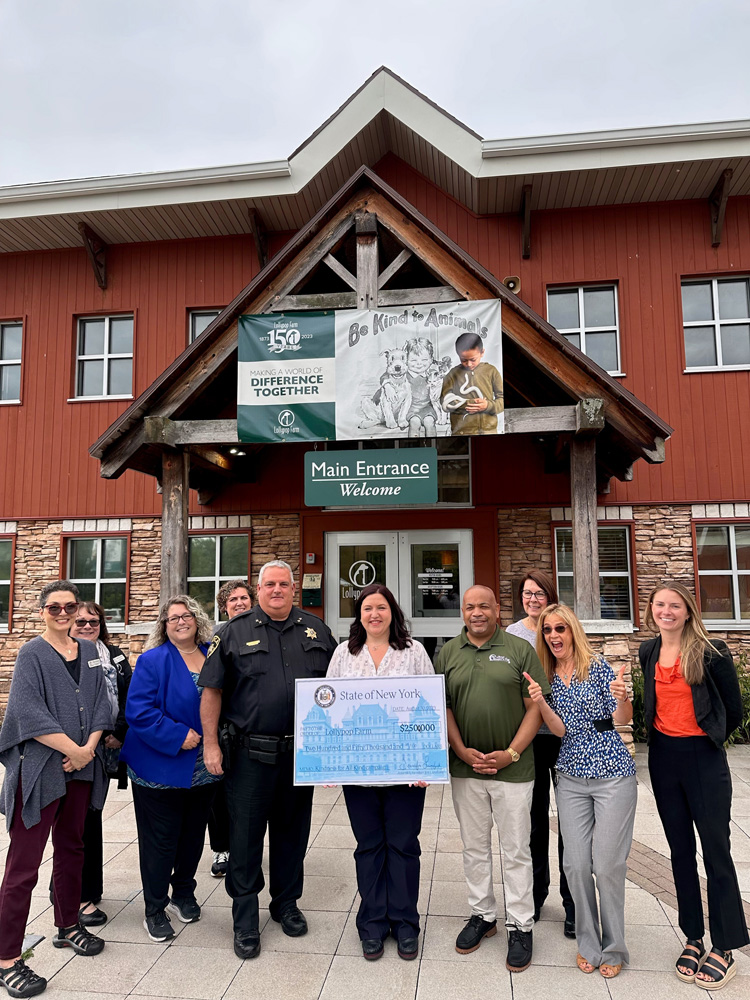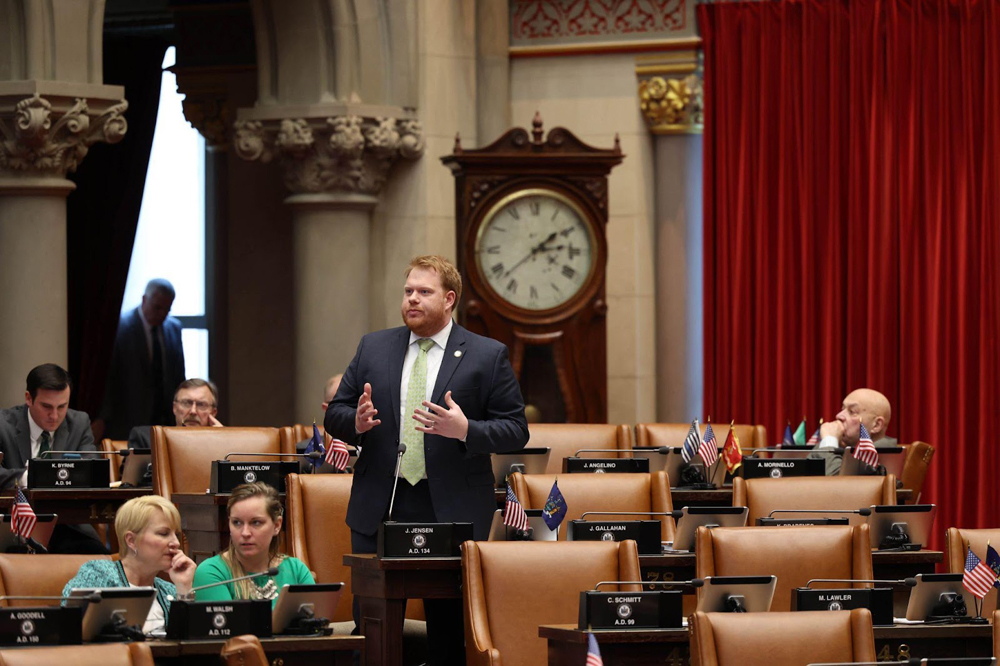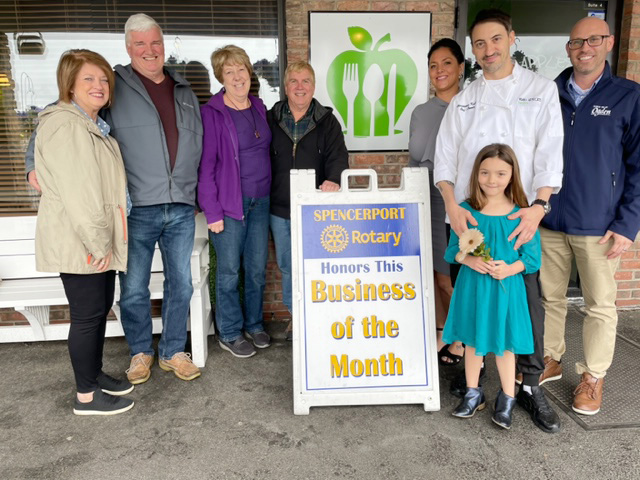The Kodak experience
On the day I started work in the Color Photography Division in 1954, the first engineer I met was working on magenta screen, a printing component manufactured by Kodak. I was impressed by his friendly manner and technical know-how. His name was Colby Chandler. He eventually became the head of the Eastman Kodak Company.
When I started work I would smoke a pipe at my desk and no one complained, even though I smoked rum and maple, a very aromatic tobacco. When I suffered from a throat problem years later I gave up smoking, cold turkey, and never tried it again, not even the customary cigar offered upon the birth of a child.
For twenty years I put a certain amount of money once a month in the Quinby Plan; a unique plan offered by Kodak that allowed you to purchase Kodak stock on the installment basis. I finally sold it all when the stock was worth about $40 per share and broke even.
One summer I worked in the Synthetic Chemistry Division making large scale chemicals. While making an indicator dye on a lab setup with many glass components, a cork popped on a flask, releasing carbon monoxide into the air. I didn’t notice the cork was askew and carbon monoxide has no odor. I was blithely watching the process when a fellow lab worker walked in and exclaimed: “Your lips are blue!” I looked at my fingernails and the tips of my fingers were also blue. I quickly went to the office and asked for an ambulance to take me to medical. After breathing oxygen for about an hour I was released and went back to work.
Many years ago I played basketball with “Barefoot” Post at Kodak and, yes, he was barefoot. I understand he also ran track barefoot, which must have been some feat, since those were cinder covered tracks back then.
I was a long time member of the “Musical Notes.” It was a singing and dancing group of Kodak employees who performed in formal attire with everything memorized. Ken Kier, a technician in the Paper Service Division, led the group and brought out the best in us. He had a wonderful bass voice and was an excellent singer and director. We performed at many nursing homes and veteran’s hospitals and several years during the Christmas season at the home of the Mr. Hargraves, then head of the Eastman Kodak Company. His guests included family members, friends, company vice-presidents and a number of managers. When midnight came he would say: “It’s midnight; time for everyone to go home!” And everyone dutifully left.
Back in the 1950s and 60s, and even the 70s, there were many events outside of work where employees and their spouses socialized. I was part of a group of eight engineers and technicians who would put on a clambake every year: we even built our own steamer out of a garbage can. We would rotate the location of the event so that everyone took a turn hosting the party. The men bought the food, prepared it, served it and cleaned up the mess. The women really enjoyed that outing!
Every engineer wore a shirt and tie in most Kodak Park areas and some wore suit coats/sports jackets, even though they might never have to deal with an outside customer. I can remember having my shirts starched every week. There was a breakthrough in the early 1980s when a project leader in the Instant Photography project started to hold meetings where he didn’t wear a tie. Soon others gave up their tie and the culture started to change.
Walter Horylev
Hilton




